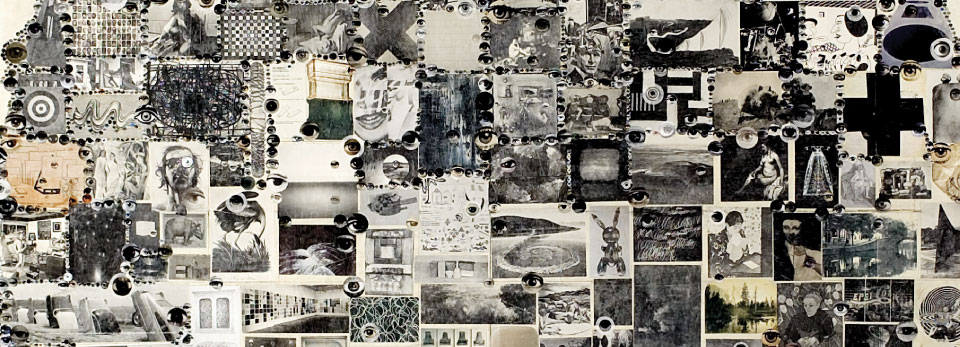

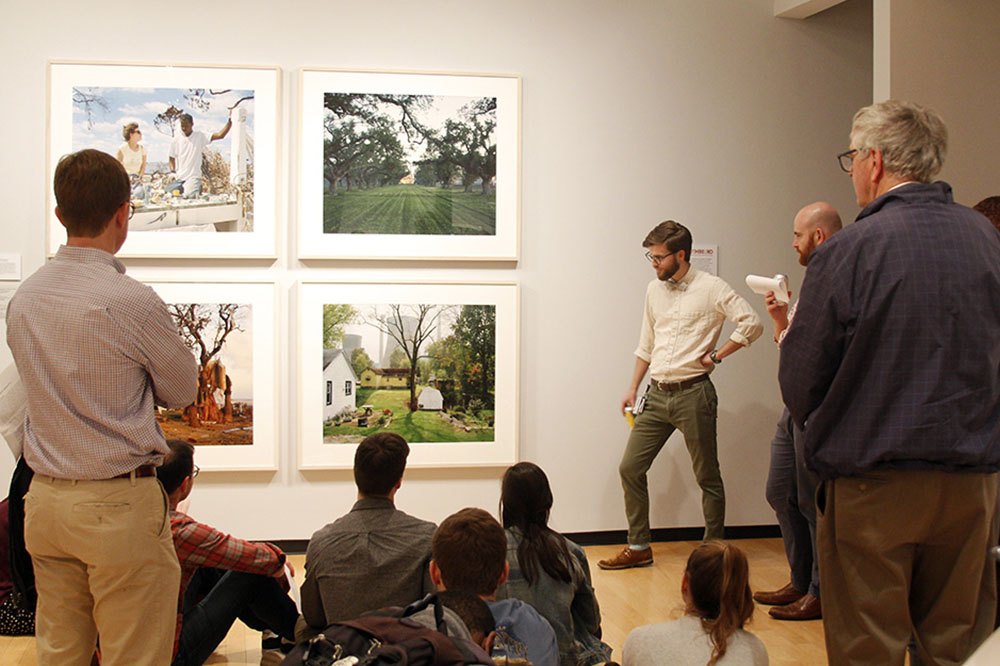
A couple dozen people look at a photograph of seven women sitting at a table. Some see the women as tired. Some see them as apathetic. Some think that they’re offended their picture is being taken. Some look at a woman with her arms crossed and the hood of her sweatshirt up and think it must be cold, but others see her posture as mentally closed off. (See the photo lower in this story.)
The differing responses are the point of the exercise. A group of MUSC College of Medicine students, residents and faculty members, as well as community members who are part of the Charleston Clemente Course at Trident Technical College, have gathered at the College of Charleston’s Halsey Institute of Contemporary Art to talk about an art exhibit. They all bring their own personal experiences, their own histories, their own biases.
READ THE FULL STORY [+]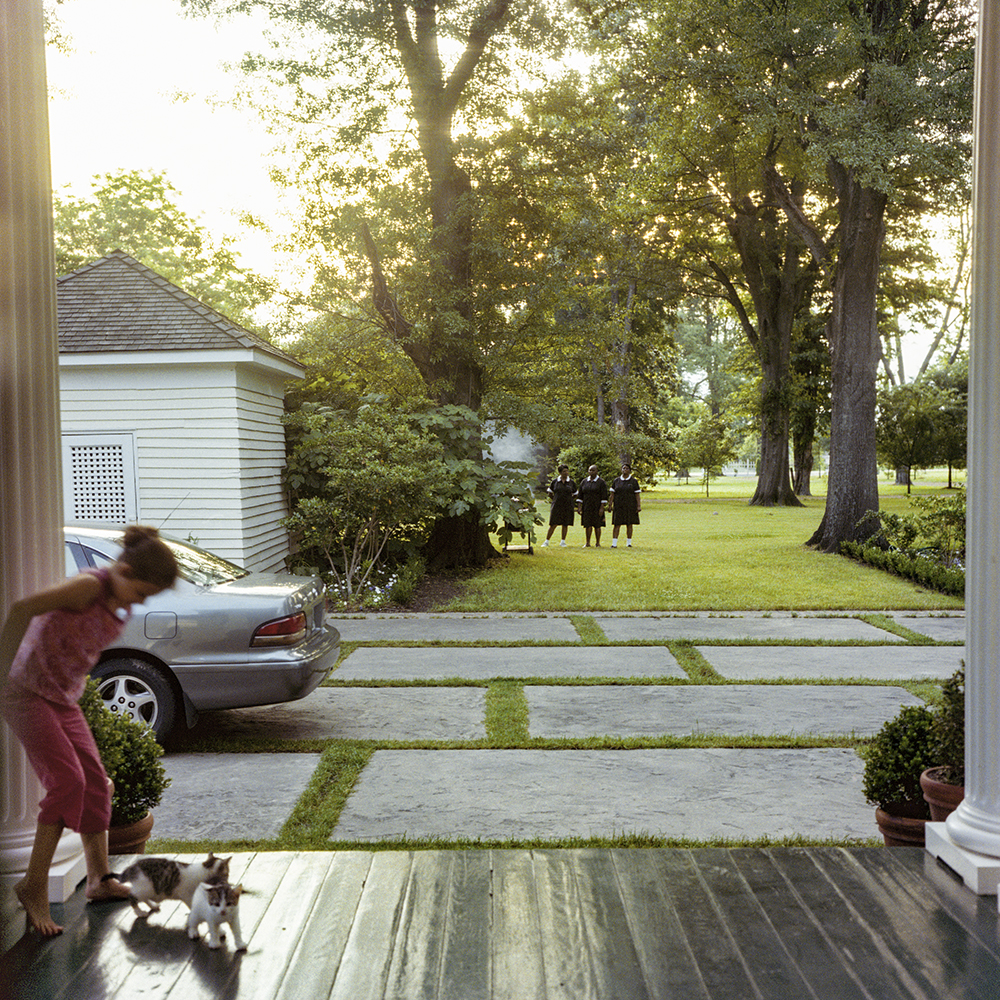
On the third day of our weeklong feature of Southbound: Photographs of and about the New South, the images are accompanied by an essay authored by Eleanor Heartney. Eleanor is a contributing Editor to Art in America and Artpress and has written extensively on contemporary art issues for such other publications as Artnews, Art and Auction, The New Art Examiner, the Washington Post and The New York Times. She received the College Art Association’s Frank Jewett Mather Award for distinction in art criticism in 1992. Her books include: Critical Condition: American Culture at the Crossroads (Cambridge University Press, 1997); Postmodernism (Cambridge University Press, 2001); Postmodern Heretics: The Catholic Imagination in Contemporary Art (Midmarch Arts Press, 2004); Defending Complexity: Art, Politics and the New World Order (Hard Press Editions, 2006) and Art and Today (Phaidon Press Inc., 2008), a survey of contemporary art of the last 25 years from Phaidon. She is a co-author of After the Revolution: Women who Transformed Contemporary Art(Prestel Publishing, 2007), which won the Susan Koppelman Award. Heartney is a past President of AICA-USA, the American section of the International Art Critics Association. In 2008 she was honored by the French government as a Chevalier dans l’Ordre des Arts et des Lettres.
READ THE FULL STORY [+]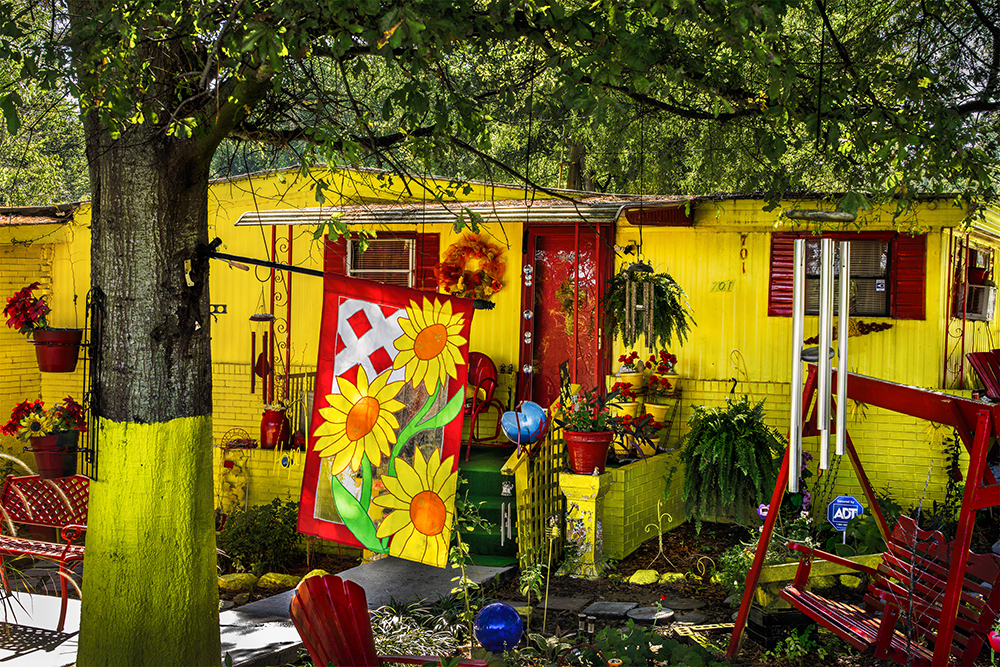
Nikky Finney is a renowned poet and educator originally from South Carolina who “involves herself in the day-to-day battles for truth and justice” while also guiding MFA students in her capacity as Chair in Creative Writing and Southern Letters at the University of South Carolina, among other appointments at the university.
She was commissioned to respond to the images from the Southbound project with poetry, and was allowed to view each image in the collection without any names, titles, or other identifying information. The curators “felt there was value in allowing the poet to view the narrative potential contained within each image as an image, even if slippage between Finney’s poetic musings and the actual facts of a photographs making might result.”
In the end, she selected four, but as stated to the curators, she could have written a story about every one of these photographs had she had the time, and was, in her words, struck like lightning by most every frame.
READ THE FULL STORY [+]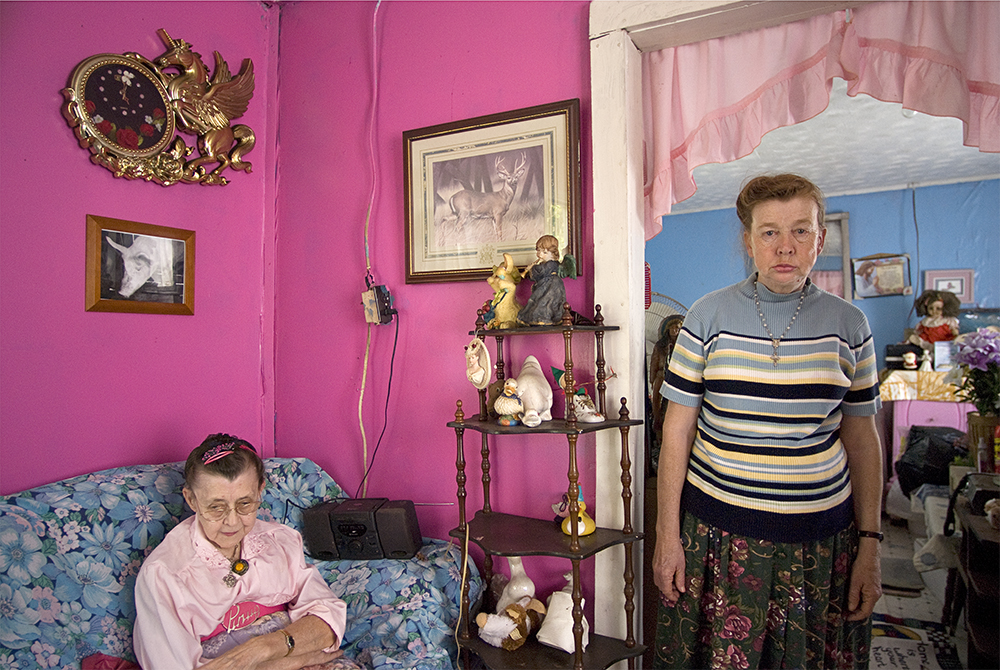
It is such a pleasure to introduce Southbound: Photographs of and about the New South. Over the next week, we will feature selections of images from each of the 56 artists included in the project, as well as accompanying essays, maps, and videos. This expansive, comprehensive, multimedia investigation into what it means to be of, from, by the American South in the first decades of the twenty-first century was co-curated by Mark Sloan director and chief curator of the Halsey Institute of Contemporary Art, and Mark Long, professor of political science, both of whom are on the faculty of the College of Charleston, in South Carolina.
READ THE FULL STORY [+]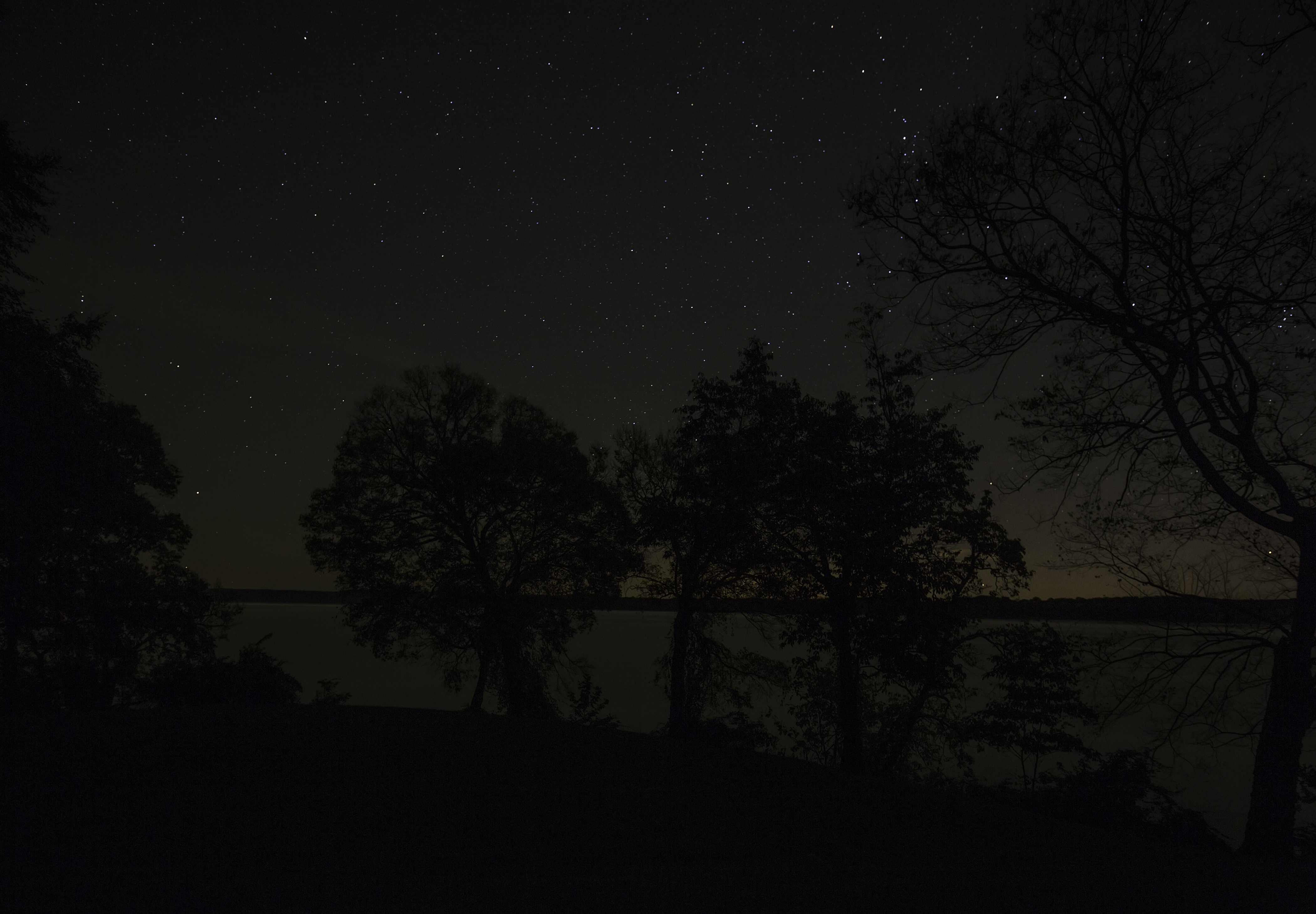
Native Midlander Jeanine Michna-Bales is giving people a new look at American history. A selection from her “Through Darkness to Light: Photographs Along the Underground Railroad” is featured in a national touring exhibit, “Southbound: Photographs of and about the new South.”
Michna-Bales was born in Midland, but was raised in the Midwest, spending time between Indiana and Florida with her parents. When she was working at an ad agency in San Francisco in 2002, she started conducting research on the Underground Railroad. Michna-Bales found herself writing three to four pages of notes every day.
READ THE FULL STORY [+]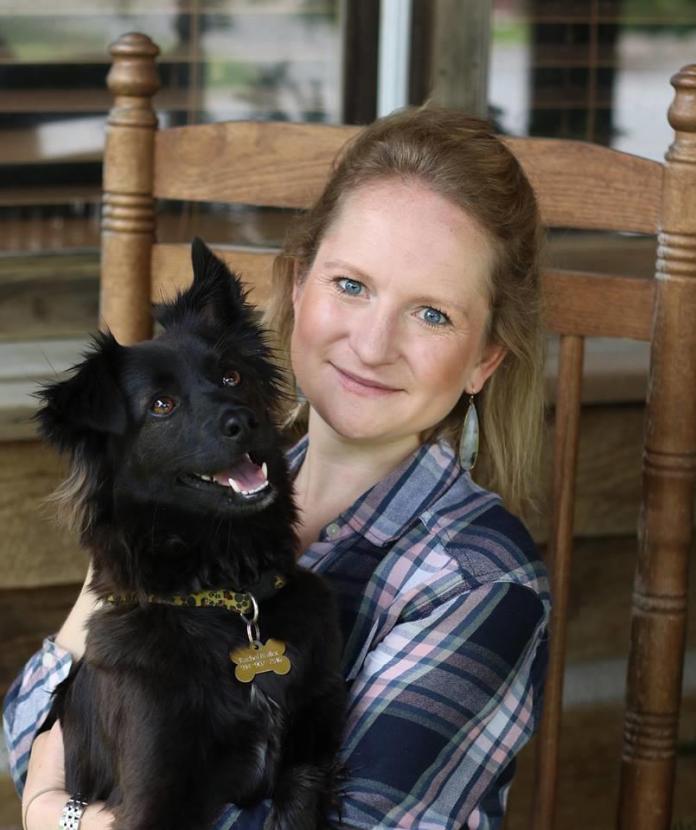
Adjunct art instructor Rachel Boillot was recently chosen as one of the 56 artists included in The Halsey Institute of Contemporary Art at the College of Charleston’s project “Southbound: Photographs of and about the New South.”
Southbound is the largest exhibition ever produced of photographers capturing the American South in the twenty-first century. The exhibition presents multiple ways of visualizing the region.
After its debut in Charleston, “Southbound” will travel nationally, including stops in Raleigh and Durham, North Carolina; Chattanooga, Tennessee; Meridian, Mississippi; and Baton Rouge, Louisiana.
READ THE FULL STORY [+]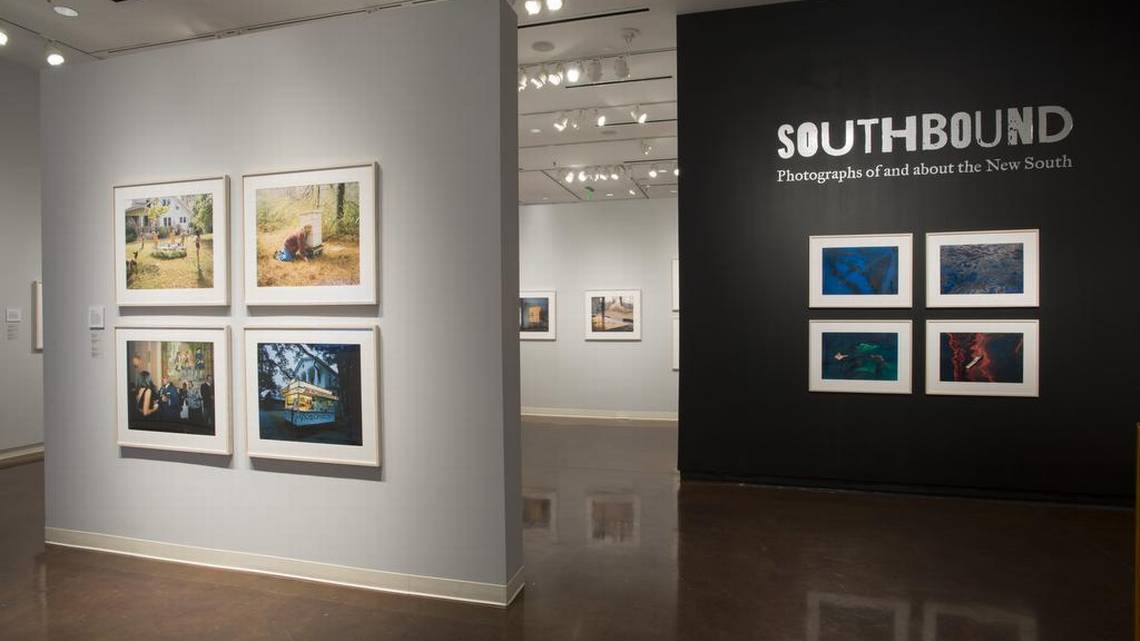
Kathleen Robbins isn’t exactly sure what “the new South” is, but as one of 56 photographers displaying work in the “Southbound: Photographs of and about the New South” exhibit at the College of Charleston, she’s helping to try to define it.
“Southbound” is the largest exhibition ever produced of photographs of and about the American South in the 21st century, and strives to present multiple ways of visualizing the region.
The project’s purpose is to investigate the senses of place in the South that congeal, however fleetingly, in the spaces between the photographers’ looking, their images, and preexisting ideas about the region.
READ THE FULL STORY [+]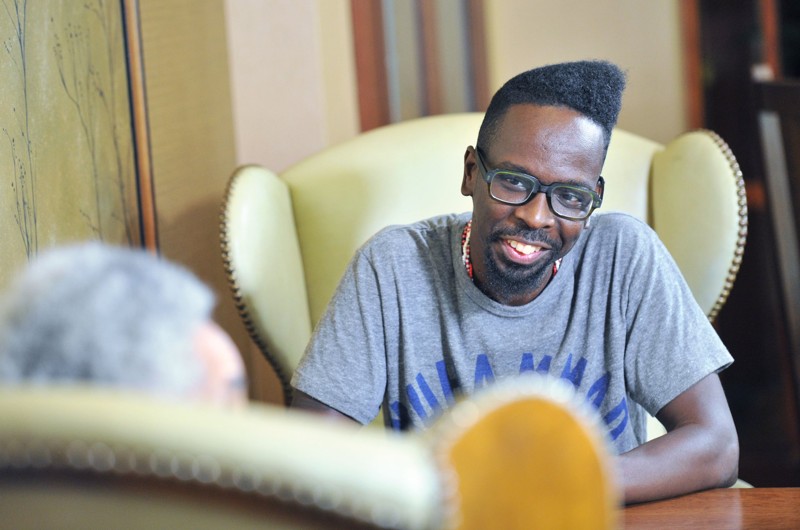
The contractors were long gone, but Fahamu Pecou wanted to put the finishing touches on his new studio himself.
On a recent, frigid afternoon, he rolled polyurethane across the concrete floors of the sprawling space, a converted warehouse in Atlanta’s West End neighborhood. With his wife, Jamila, he set up brushes, paints and pencils. He was proud of the building with its crisp white walls and pitch-black ceiling, the first studio he has owned in his 20-year career.
Back in September, a massive fire gutted the studio he was renting in Inman Park. Flames claimed his art supplies, his memorabilia documenting his career. He also lost four works in progress, which were to have been late additions to his multimedia show, “Do or Die: Affect, Ritual, Resistance.” Fortunately, the bulk of the show was out on national tour at the time of the fire, which is being investigated as arson. The exhibition is currently on view at the Michael C. Carlos Museum at Emory University.
READ THE FULL STORY [+]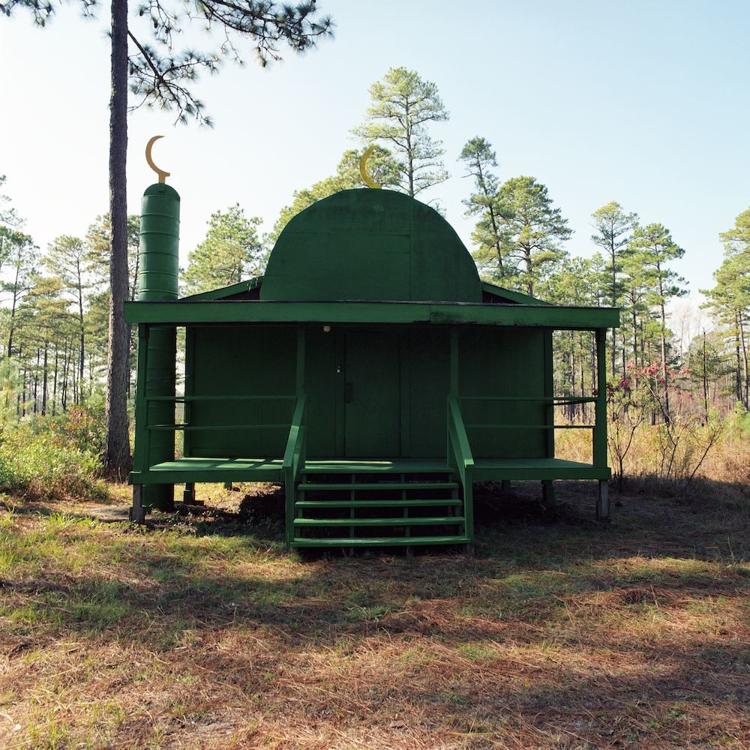
A local photographer living in Mebane, Chris Sims, recently participated in a unique collection of photographs titled Southbound: Photographs of and About the New South.
The photography has been on display at the Halsey Institute in Charleston, South Carolina since October, and will continue to be on display until early March. The display will come to N.C. State and Duke Universities next year.
Sims was born in Michigan and raised in Atlanta, Georgia. He has an undergraduate degree in history from Duke University, a master’s degree in visual communication from the University of North Carolina at Chapel Hill, and a M.F.A. in studio art from the Maryland Institute College of Art. He worked as a photo archivist at the U.S. Holocaust Memorial Museum in Washington, D.C. and currently is the Undergraduate Education Director at the Center for Documentary Studies at Duke University. At Duke he also teaches in the Duke-in-Berlin summer program and in the MFA in Experimental and Documentary Arts graduate program.
Sims made his way to Mebane approximately twenty years ago for a meeting with another photographer, and fell in love with the charm of this small community. He is honored to be a part of this special photography project.
READ THE FULL STORY [+]
Back in 1874, The Atlanta Daily Herald’s Henry W. Grady coined the term “the New South” to encourage people to move beyond the fraught antebellum period and see the region in a fresh light, “thrilling with the consciousness of growing power and prosperity.”
…
We check into our new digs, The Dewberry, a hip Mid-Century Modern–style hotel that opened in 2016 in a former 1960s federal building, and while all we want to do is take a nap, we rally and cross Marion Square to The Halsey Institute of Contemporary Art at the College of Charleston. I’m eager to see the current exhibit, Southbound: Photographs of and About the New South, which runs through March and features images taken by 56 21st-century artists exploring their perceptions of the American South. The variety is astounding. There are shots of Civil War reenactors, Black Lives Matter marches, empty storefronts, migrant workers, and high school homecoming queens. Seeing all these snippets of life makes me think that there’s not just one South—it’s impossible to generalize about or judge such a wide swath of our country.
READ THE FULL STORY [+]